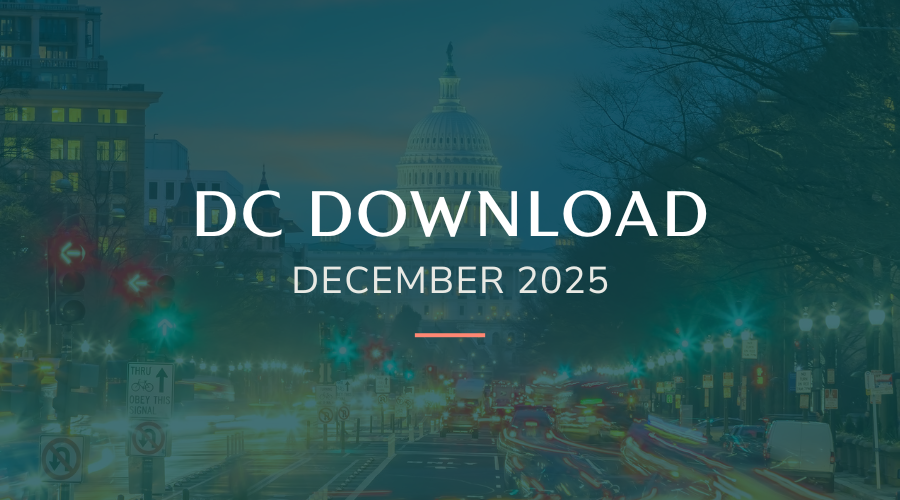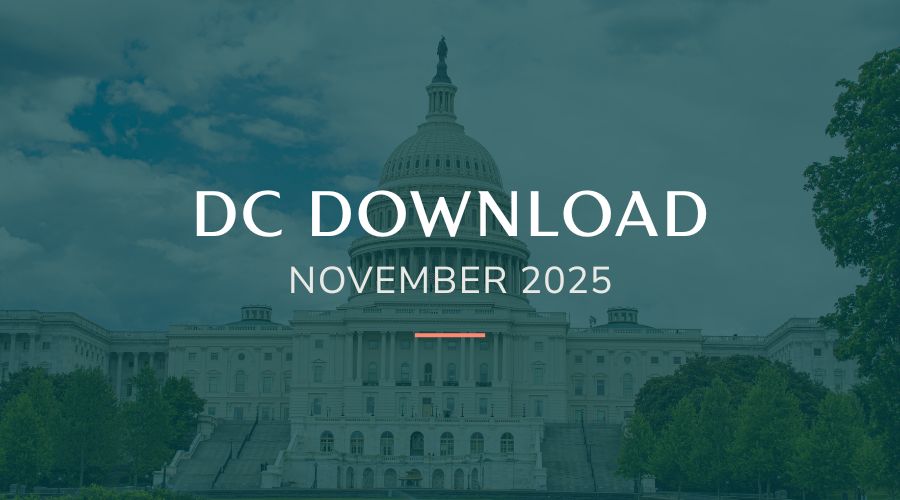Over the past year, we’ve been highlighting research each month that has broad relevance to our sector’s commitment to serving our communities. Almost every month, we see lots of new research focused—either specifically or cross-sectionally—on the critical topics of diversity, equity, and inclusion (DEI). Back in June, we put together a mid-year collection of some of the most insightful and practical DEI research released in the first half of 2018. Now, we’re back with a collection of DEI research from the latter half of the year.
If anything in this set of research inspires you to start doubling down on equity in your own work, we recommend checking out Equity in the Center‘s website for more resources and information to get you on your way. In addition, Equity and the Center has just launched their brand new Woke at Work project, a listicle-style web resource designed to help nonprofits start building a race equity culture internally and externally. With that, onto the research!
The State of Black Women Founders: ProjectDiane2018
In June, we highlighted a new report from ProjectDiane (the data collection arm of Digitalundivided) that captured challenges black women founders face in the startup process. Underinvestment is one key challenge, and one starkly illustrated by the fact that although black women are starting businesses in record numbers, the median funding raised by all black women founders is $0. In June, Digitalundivided CEO Kathryn Finney explained to Fortune that the underinvestment is also a problem for the tech sector, as investors are actually looking for the untapped markets that women of color CEOs are best at galvanizing.
More on the report:
• raceAhead: Black Women Company Founders Need Investment
The Business Case For Racial Equity: A Strategy for Growth
Also in June, W.K. Kellogg Foundation and Altarum Institute released a study that found that the elimination of racial disparities in health, education, incarceration, and employment in Michigan could result in $92 billion of economic output by 2050. The study builds on a Michigan-specific study from 2015 and correlates with a similar national-level report on racial disparities from April (which was also featured in our previous 2018 DEI resource summary). The national study estimates that the U.S. could stand to gain $8 trillion from the same interventions and time frame outlined in the Michigan study.
More on the report:
• Eliminating racial disparities would have big economic payoff, Kellogg/Altarum study says
Growing Inequity: Large Foundation Giving to Native American Organizations and Causes
In mid-June, the Longmont, Colorado-based IS member First Nations Development Institute released a report chronicling trends in large foundation giving to Native American organizations and causes. Overall, it has declined significantly from 2006 to 2014—with the drop in the eight-year period totaling $35 million, or about $4.3 million less every year. The overall decline in funding coincides with a concurrent increase in the raw number of individual grants awarded to Native organizations and causes. The First Nations study quantifies the overall share of foundation dollars going to Native communities and highlights a challenge wherein the majority of grant dollars intended to help Native communities is awarded to non-Native-controlled nonprofit organizations.
The Effects of Sexism on American Women: The Role of Norms vs. Discrimination
In July, three economists released a working paper on prevailing disparities across the U.S. in social attitudes about women in the workforce. The most striking takeaway was that a woman’s lifelong earnings and career duration are influenced by levels of sexism in the state where she was born—and that the trend holds even for women who move to states where the levels of sexist attitudes vary significantly from their birth state. Though levels of sexism have declined across the board over time, there are still drastic differences in levels between states.
More on the report:
• How Sexism Follows Women From the Cradle to the Workplace
Our Bodies Our Stories
In August, the Urban Indian Health Institute worked with the CDC to release and interpret data documenting experiences of sexual violence among Native American women living in Seattle. Ninely-four percent of the 148 American Indian and Alaska Native women surveyed said they had been raped, and 53 percent were homeless. The findings are deeply troubling in their own right. But the report has added significance in that it’s believed to be the first on sexual violence focused exclusively on Native women living in an urban setting that also addresses factors like historical trauma. Most studies of Native communities focus on reservation communities even though about 71 percent of American Indians and Alaska Natives currently live in urban areas.
More on the report:
• Nearly every Native American woman in Seattle survey said she was raped or coerced into sex
Race, Wealth and Taxes: How the Tax Cuts and Jobs Act Supercharges the Racial Wealth Divide
Prosperity Now and the Institute on Taxation and Economic Policy released a report in October analyzing the effects, by race, of the $1.5 trillion cuts under new tax law. Three quarters into 2018, the report, called Race, Wealth and Taxes: How the Tax Cuts and Jobs Act Supercharges the Racial Wealth Divide, was the first detailed analysis of the Tax Cuts and Jobs Act across racial groups. The report found that the impact of the law continues a longstanding trend of racial economic inequality in the U.S.—disproportionately helping white Americans over Black and Latinx Americans. Compared to the $218 billion white Americans are expected to, while Black and Latinx Americans combined will only see about $32 billion in cuts from the new law.
More on the report:
• White Americans Gain the Most from Trump’s Tax Cuts, a Report Finds
Boston’s Booming…But For Whom?
The Boston Foundation also put out a report in October examining the racial prosperity divide. This report, however, shined a light on Boston specifically. Although the city has one of the highest rates of economic mobility in the country (second only to San Francisco and tied with Minneapolis), its booming economic outlook doesn’t hold up across neighborhoods, gender, and race. Though the city boasts low incarceration rates, universal health care, and a high minimum wage, factors like high housing costs, segregated neighborhoods, and an outdated transit system offset the economic benefits for communities of color.
More on the report:
• In Boston, the middle class is shrinking, and it’s harder to get ahead than it used to be
The Opportunity Atlas
In October, a new online data tool created by a team of researchers led by Harvard economist Raj Chetty demonstrates a strong correlation between where people grow up and their economic prospects. In an interview with NPR published the day of The Opportunity Atlas’s public launch, Chetty noted an important shift in the prevailing narrative about economic mobility in the U.S. That is, while people born in the 1940s and 1950s were virtually guaranteed to out-earn their parents, people born in the mid-1980s are half as likely to do so.
More on the report:
• The American Dream Is Harder to Find In Some Neighborhoods
Giving Black: Cincinnati
Just this month, the Greater Cincinnati Foundation (GCF) released the new research report called Giving Black: Cincinnati with help from New England Blacks in Philanthropy (NEBiP). The study explores the role of philanthropy in the Greater Cincinnati black community and draws on perspective from black donors to make recommendations to increase the impact of their already significant contributions. Cincinnati is unique in that it’s a major city in a tri-state area and has the potential to inspire and inform the black philanthropic community beyond Ohio.
More on the report:
• Giving Black: New study explores legacy, power and potential of black philanthropy in Cincinnati
Rural and Lower-Income Counties Lag Nation in Internet Subscription
Also noteworthy in December’s crop of research is Census Bureau data on broadband internet subscription. Fifty-three percent of Native Americans living on American Indian reservations or other tribal lands reported having a subscription, while the national rate is 82 percent. This data is among the most comprehensive on the issue of internet accessibility that the federal government has produced, and it underscores the challenges of bridging the digital divide in underserved communities.
More on the report:
• Native Americans On Tribal Land Are ‘The Least Connected’ To High-Speed Internet



